Local Celebrity in Gwangyang Hong Ssang-ri
A young lady moved from the city to a remote mountain village after marriage then endured tough times with beautiful plum blossoms. Fascinated by their beauty, she cut down the chestnut trees that were on the mountain to plant green plum trees in spite of harsh criticism and challenges. Thankfully her tearful farming experience turned to happiness, and she is now writing a new chapter of her life about her affection for plum blossoms.

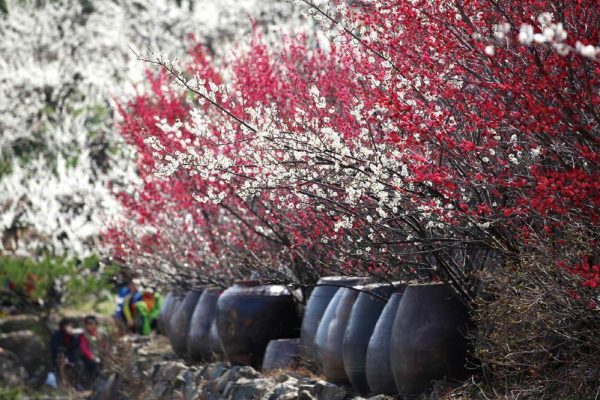
The Agony of Living with In-laws Eased by Plum Blossoms
Every spring, Gwanyang, Jeollanam-do is crowded with tourists. They visit Gwangyang to see hundreds of thousands of plum blossoms that cover the whole mountains. This grand landscape was created by Hong Ssang-ri, CEO of Cheongmaesil Farm.
“The blossoms seen on the over 5,000 green plum trees are my children. I grew them with tearful dedication.” Born as the third daughter of a rich family in Miryang, Gyeongsangnam-do, she was sent to an uncle’s house in Busan at the age of 16, where she worked at Gukje Market. After she married at 23, she moved to a small shabby house in the heart of the mountains. There, she worked on a 1.49 km2 farm while taking care of her sick husband. Her mother-in-law was hard on her, and what was worse was that the family’s mining business failed leaving them with tons of debt.
“I cried every day. One day, I felt as if a green plum tree was whispering to me, “Mom, don’t cry. Live with me.” On that day, I decided to create a heaven full of flowers, where people would want to visit.”
So Hong began cutting down the chestnut trees that her father-in-law (late Kim Oh-cheon) had planted. All the people in the village criticized the new bride who had cut down profitable chestnut trees to plant green plum trees, but her father-in-law didn’t uproot the green plum tress even though he cried. In the end, the green plum trees have made Hong who she is today.
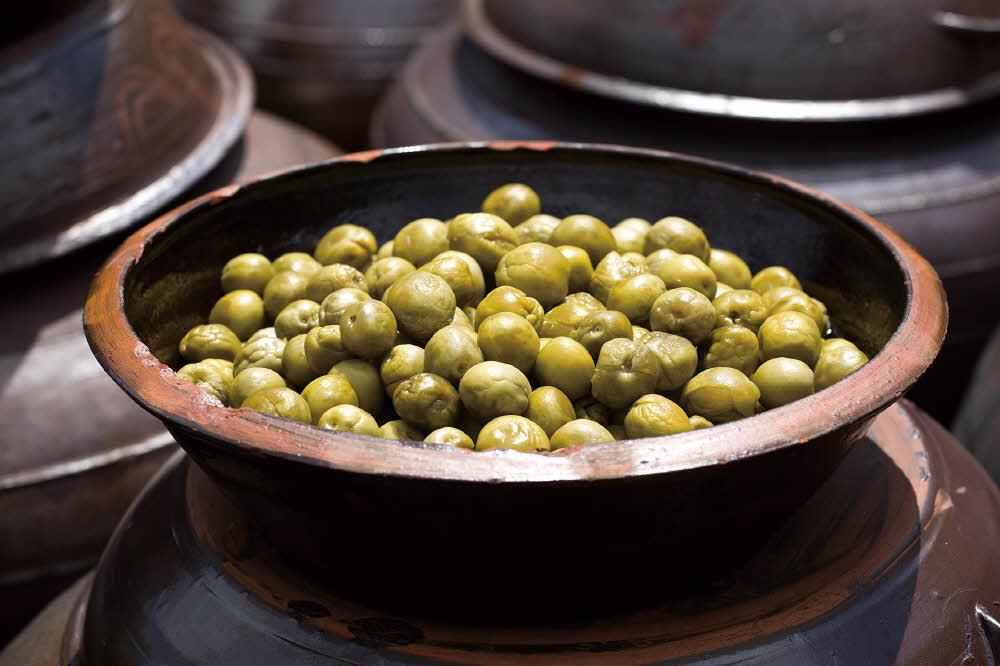
Green Plums, Turning Ordinary Food into Medicine
After beginning her green plum farming, Hong read several papers and articles related to herbal medicine and traditional fermented foods as she wanted to develop green plum-based products.
“My father-in-law believed that green plum syrup was a cure-all. One day, I found that a tin pail was shiny because it had held green plums. This is when I decided to become a “cleaner” by detoxing people using the green plums.”
Hong says toxins build up in the body because people only eat foods that please one’s palate. She sticks to her principle of organic farming, believing that healthy food can cure diseases. She follows the philosophy of farming with utmost care, much like creating an artwork, as farming is about producing foods crucial to one’s health.
Since she began producing green plum products in earnest in 1994, Hong received several awards such as the Traditional Food Master’s Award, the Tin Tower Order of Industrial Service Merit and the Presidential Award. She achieved all this while in her 50s and lives a life of sharing, since she did not give up growing green plums for the past 30 years even amid her fight against illness. “Green plums are my life. I recovered my health thanks to green plums, and they changed my life several times. I hope more people will eat green plums, detox their bodies and become healthier.”
Hong is now building beautiful stone walls so that visitors can enjoy pleasant strolls along the stone walls. Her heart of gold is full of beautiful plum blossoms.
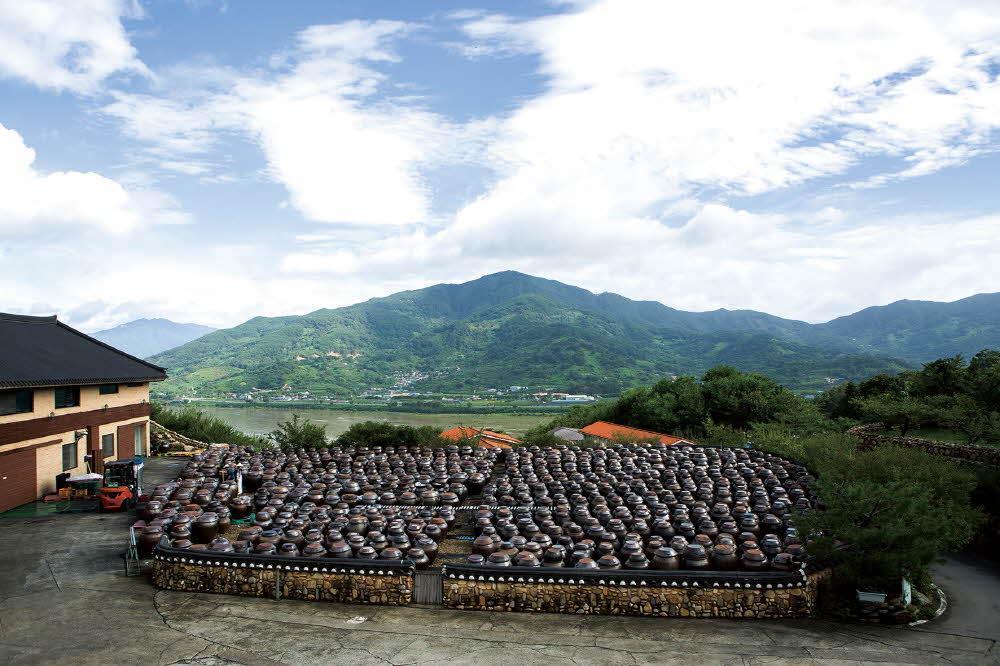
Cheongmaesil Farm is considered a model green plum farm in Korea. What do you think is the strength of your farm?
I began growing green plum trees the year after I got married, so I had been preparing for green plum farming for 30 years. And over the last 20 years, I have made green plum syrup every year, which is now mature and of great quality. I think high quality yet good value products that are made with utmost care cannot be found elsewhere, this has become our competitive edge. In particular, at Cheongmaesil Farm we both farm and manufacture our own products, which are made using the green plums we grow, this also is our strength. I think I was able to develop Cheongmaesil Farm into what it is now since I am a farmer as well as a business person. I believe the future of our farm depends on how well we protect and preserve nature. I grow green plum trees as if they are artwork. I hope that Cheongmaesil Farm will be maintained for another 100 years.
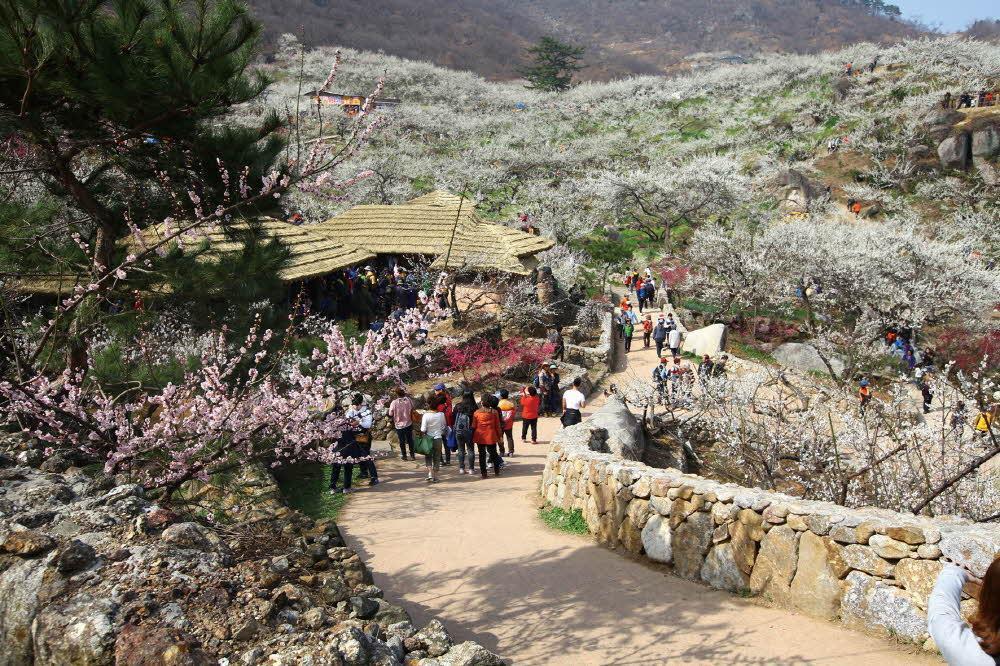
I heard that Cheongmaesil Farm uses unique methods to make its products. What are the differences in your method?
In order to make products of great quality, you need to grow green plums well, then preserve them well to enhance their efficacy. I simmer green plums for three days to remove moisture, or add salt or sweetener to green plums. This is to increase the preservability of green plum products. The most popular item is green plum syrup, which is made by mixing green plums and a sweetener at a 1:1 ratio. For this we use fructooligosaccharide, which is made by fermentation, even though it is more expensive than sugar. Green plum syrup made with fructooligosaccharide is less sweet and has a gentle flavor. Further, we make green plum syrup using earthen pots, which is the traditional method of maturing green plum syrup. I traveled across the country to buy earthen pots, not new ones but old pots that were made prior to 1930s. Earthen pots made in the past have breathing holes (unlike pots of today) probably because the clay and glaze used are different. Now I have about 2,500 pots, and they have become a symbol of Cheongmaesil Farm.

You started planting green plum trees 30 years ago, saying that the green plum flowers would attract tourists. What do you think is the value of plum blossoms as a cultural tourism content?
Every year, over one million people visit Gwangyang International Maehwa Festival. When Japan’s NHK or media outlets visited, they were surprised and said they have never seen a place like this where an individual could develop a vast area that is visited by one million people annually. In fact, many tourists visit our farm throughout the year, particularly in the spring when the plum blossoms bloom. Some come to hear my story about growing green plum trees. We also have many group tourists. Plum blossoms have become Gwangyang’s representative tour product. Plum blossoms have raised the awareness of Gwangyang, not to mention Cheongmaesil Farm. I think plum blossoms themselves have significance as a cultural tourism content.
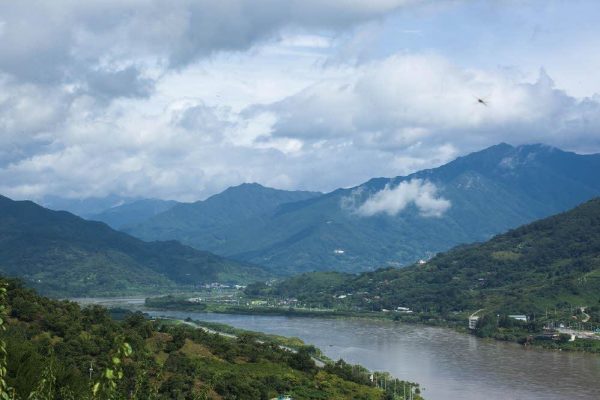
Cheongmaesil Farm Story Tour
Cheongmaesil Farm is the ideal destination to refresh one’s body and mind while surrounded by beautiful nature: approximately 2,500 earthen pots; bamboo trees on the back hill; plum blossoms covering the entire mountain ridge; and an observatory where the Seomjingang River and the foot of Jirisan Mountain can be seen. Join a guided tour of the thatched-roof house, which was an open set for the Korean movie Cheonnyeonhak (Beyond the Years); learn about the history of Cheongmaesil Farm and Gwangyang Maehwa Culture Center, various efficacies of green plums; and see green plumthemed art works.
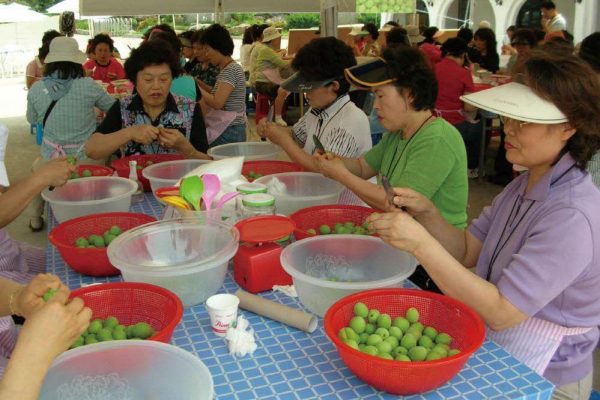
Making Green Plum-based Foods&Green Plum-picking
You can experience green plum picking at the farm from late May until early June when green plums are in season. During other times, the farm runs a cooking class where participants can make green plum-flavored red chili paste and soybean paste. You can also taste various green plum dishes, jellies, candies, candied green plum slices and cookies made by the farm.
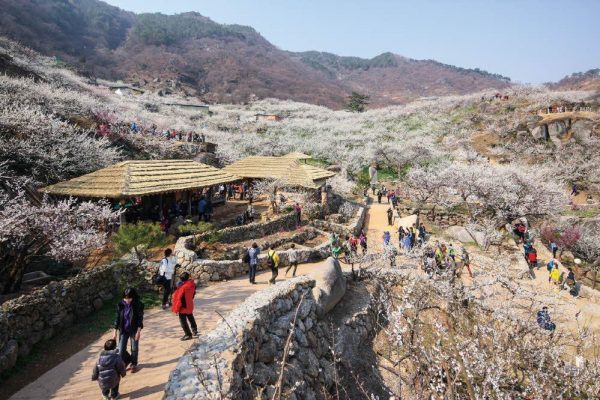
Gwangyang International Maehwa Festival
Established in 1995, the Gwangyang International Maehwa Festival has become an iconic local festival representing Gwangyang with over a 20 year history. More than a million tourists visit the farm to join the plum blossom festival held for one week when the plums blossom in March. The festival is a “healing” event where one can take a walk while appreciating the beautiful Seomjingang River area decorated with white and red blossoms.
RECOMMENDED TOURIST ATTRACTIONS
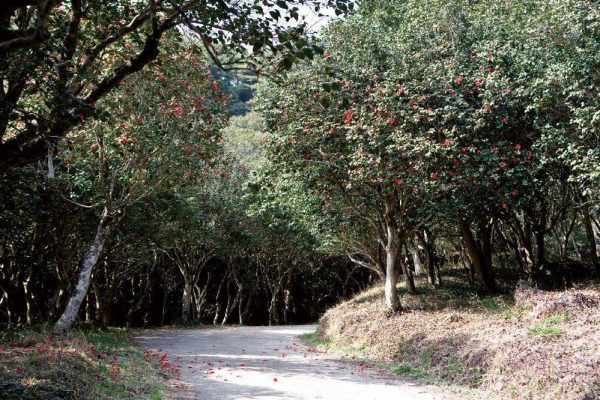
Ongnyongsaji Temple Site (Camelia Forest)
It is said Ongnyongsaji Temple in Gwangyang was established during the Unified Silla Dynasty and Buddhist Monk Doseon stayed there for 35 years. The temple itself no longer exists, but the site is still worth visiting to see the Camellia Forest (Korea’s Natural Monument No. 489) surrounding the temple site. It is said that Monk Doseon planted the camellia trees. Since then, camellia trees have grown for more than 1,000 years, forming Korea’s largest camellia habitat with 7,000 trees.
- Adress:
- 71 Baekgye 1-gil Ongnyong-myeon, Gwangyang-si, Jeollanam-do
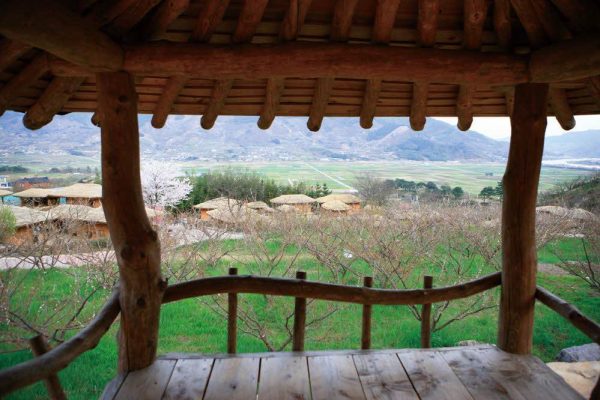
Choe Champandaek (House of Choe Champan)
Choe Champandaek is a reproduction of Choe Champan’s house from the famous Korean novel Toji (Land) written by noted author Pak Kyongni. The house reminds people of scenes from the novel, which will add joy to your travel. While standing in front of the sarangchae house (the men’s quarters), you can view the pair of pine trees (symbolic trees of Hadong) out in the field, as well as the Seomjingang River.
- Adress:
- Pyeongsa-ri, Agyang-myeon, Hadong-gun, Gyeongsangnam-do
- Time:
- 09:00~18:00
- Tel.
- 055-880-2960
- Admission:
- 2,000won (Adults)
INFORMATION
Cheongmaesil Farm
- Address:
- 55 Jimak 1-gil Daap-myeon, Gwangyang-si, Jeollanam-do
- Tel.
- 061-772-4066
- Website:


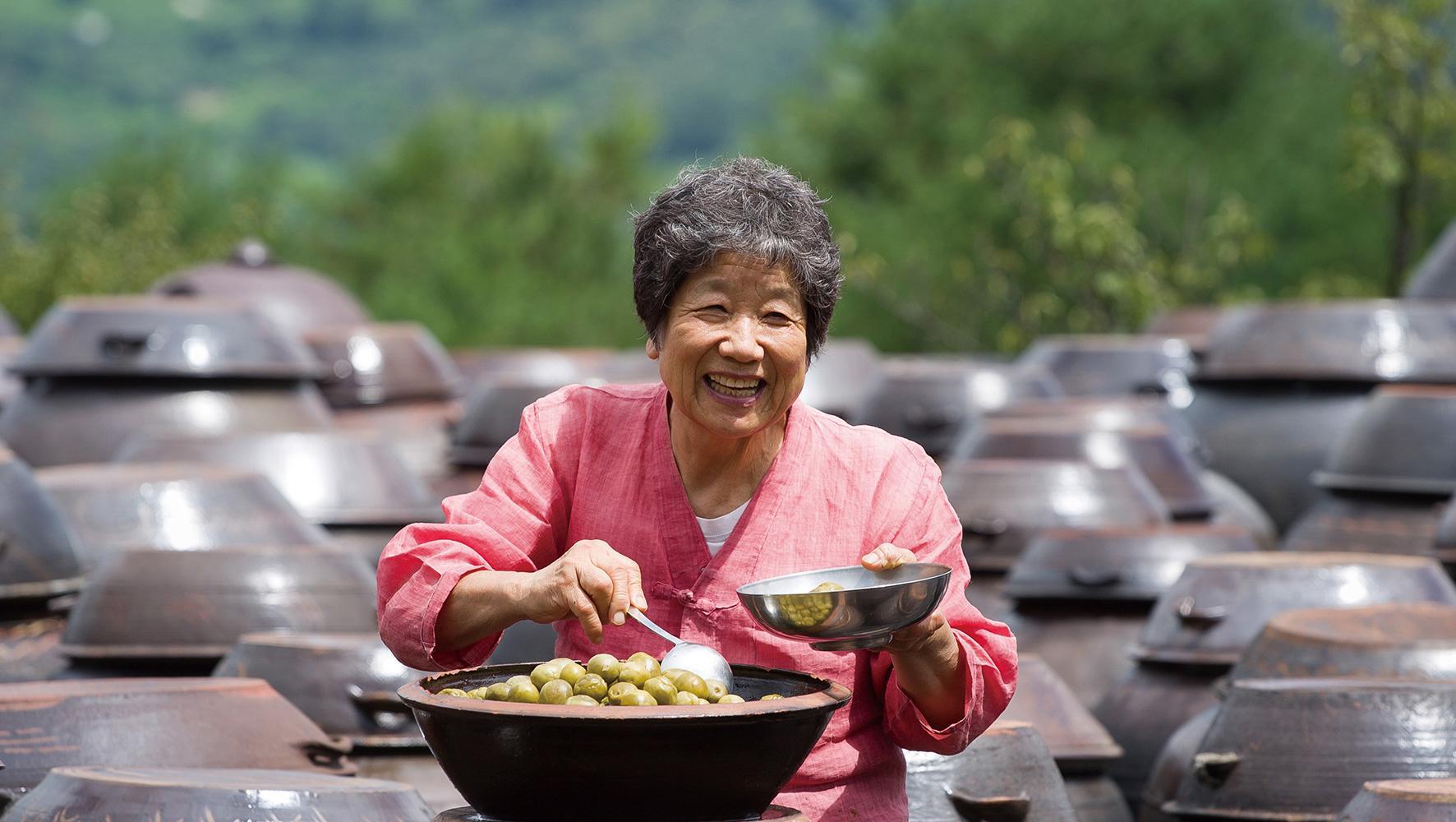










![[A ZONE] Gangnam Food Spot](https://m.dgram.co.kr/wp-content/uploads/2020/09/A존-알래스카3-특성이미지_S-324x160.jpg)
![[A ZONE] Gangnam Life Style](https://m.dgram.co.kr/wp-content/uploads/2020/09/로우클래식1-특성이미지_S-324x160.jpg)




